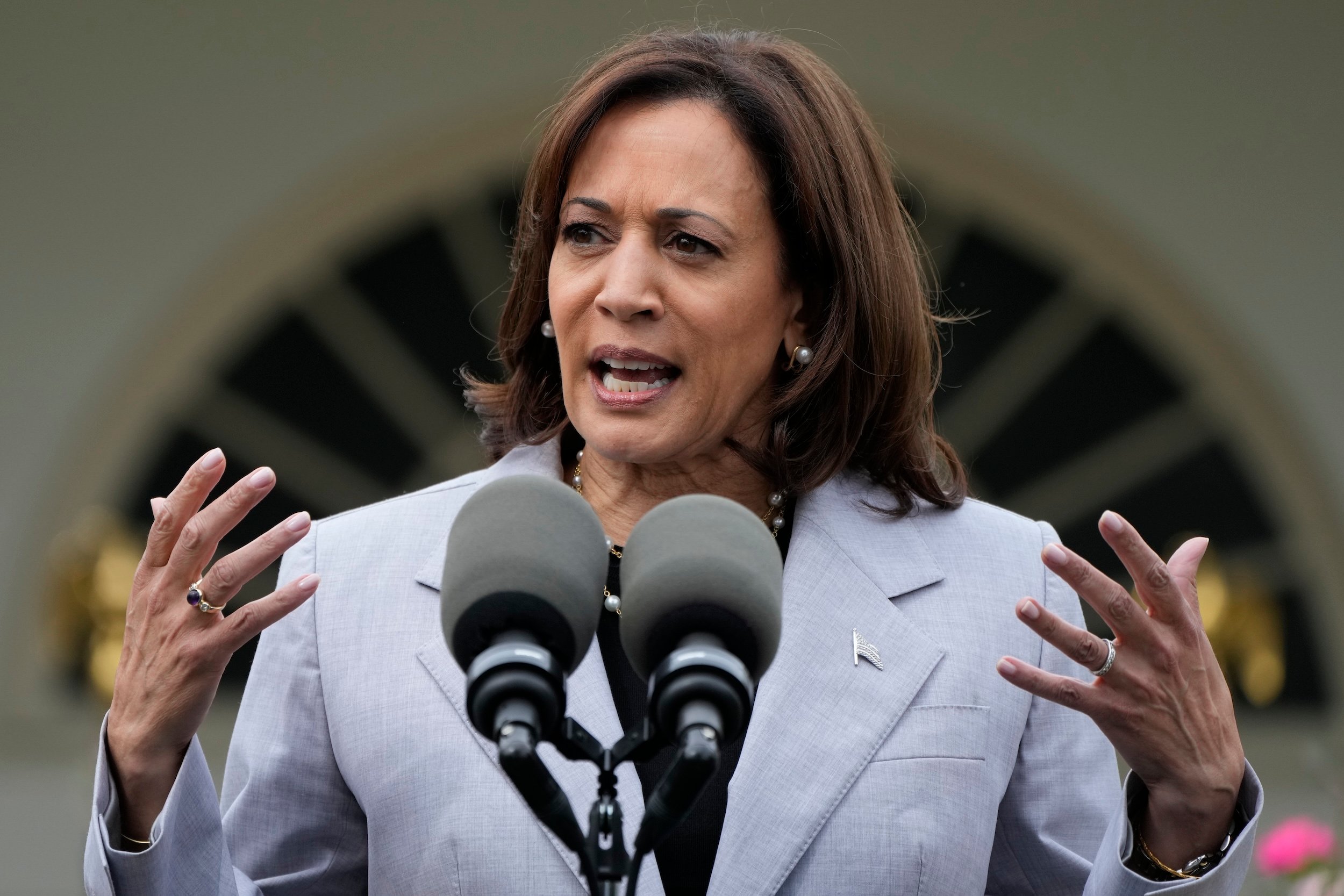What to Know Today
Gun violence takes its toll on America’s kids. Two special projects go beyond the numbers: The New York Times Magazine tells the stories of 12 children killed with guns — focusing not on how they died, but how they lived. And The Oregonian centers a four-part series on how students at Rosemary Anderson High School, an alternative school in a Portland suburb, deal with loss amid a staggering rise in gun violence. Since 2017, kids and teenagers have been more likely to be killed by a firearm than any other way.
California covers the cost of violence prevention work. In August, the state declared that violence is a public health issue, and designated prevention services as a benefit covered by Medi-Cal, its Medicaid program. The new policy means that people on the front lines of this work have access to consistent funding, Next City and The Imprint report, and don’t have to rely on piecemeal grants and donations. Connecticut, Illinois, Oregon, and Maryland have enacted similar laws, and the New York Senate is mulling over comparable legislation. A public health crisis: A group of the country’s former top doctors asked the White House this week to greenlight a Surgeon General’s Report on gun violence. They say the move is long overdue.
Get the Bulletin in your inbox. Sign up for our newsletters here.“Shame on you”: Club Q survivors tie GOP rhetoric to mass shooting. Survivors of the attack on a queer nightclub in Colorado Springs, speaking during a House Oversight Committee hearing on anti-LGTBQ+ extremism, directly linked hate speech by Republican lawmakers to the shooting. James Slaugh, who was injured in the massacre, warned that hateful discourse causes harm even without direct calls for violence, CNN reports: “Hate rhetoric from politicians, religious leaders, and media outlets is at the root of the attacks like at Club Q, and it needs to stop now.”
Americans have bought at least 150 million guns in the decade since Sandy Hook. A spokesperson for the National Shooting Sports Foundation told The Guardian that the number of individual weapons purchased is likely much higher — that estimate is based on ATF background check statistics, which don’t account for multiple guns included in a single sale or purchases in states that allow concealed carry licensees to buy firearms without a background check. On Wednesday, the anniversary of the Sandy Hook school shooting, President Joe Biden said the U.S. “should have societal guilt for taking too long” to strengthen gun restrictions. Month by month: According to The Trace’s tracker, Americans bought an estimated 1.36 million guns in November 2022.
Des Moines replaced its school police force with a “restorative practices” program. Is it working? After the 2020 racial justice protests, Des Moines Public Schools asked the city’s Police Department to reform its presence on campuses. The department responded by ending its contract, leaving the district scrambling to reimagine school safety. DMPS moved to implement restorative practices, a model that emphasizes violence prevention and mediation. In These Times documents how the experiment played out in its first year.
Data Point
116 percent — the increase in “complaints” (read: in-school arrests) at Des Moines public schools between 2015 and 2019. [Iowa Department of Human Rights]
